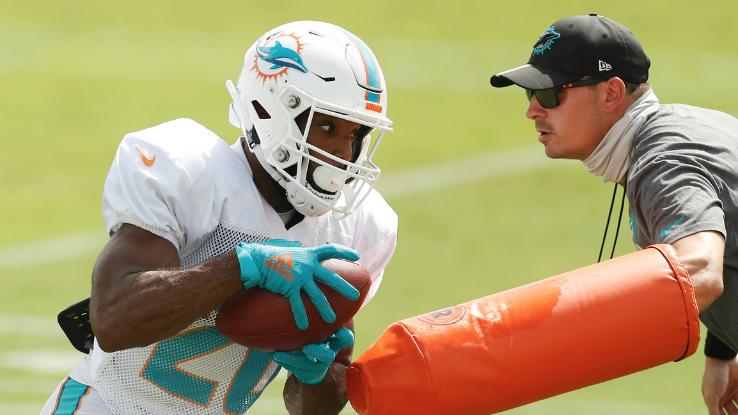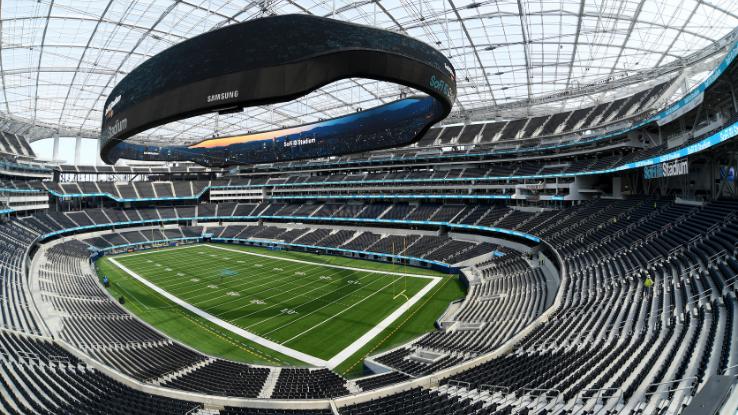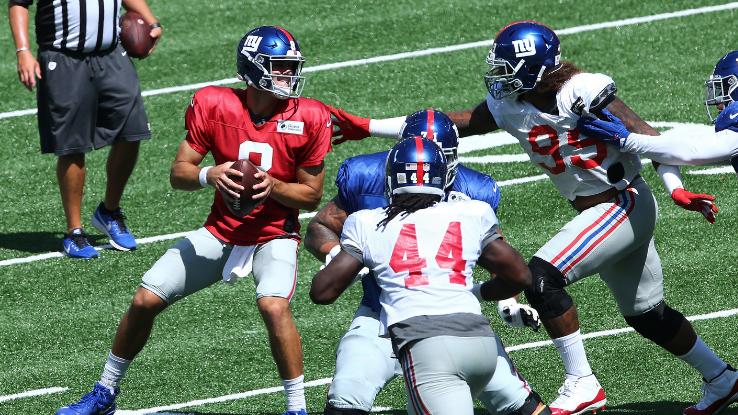
On June 27, the National Women’s Soccer League (NWSL) became the first professional sports league to resume play in the U.S. after the start of the COVID-19 pandemic in early March. For the duration of the 23-game Challenge Cup, players from nine teams traveled to a pair of stadiums and two Salt Lake-area hotels in Utah to live, practice and play. In late July, both the National Basketball Association (NBA) and the Women’s National Basketball Association (WNBA) followed suit, setting up their respective game bubbles in Florida. More (inherently) socially distanced sports have also returned: National Association for Stock Car Auto Racing (NASCAR) sped back onto the track in May, golfers returned to the green in August for the PGA Championship, and tennis pros hit the court on the last day of August to kick-off the two-week U.S. Open.
As the last professional sports league to come to an agreement, Major League Baseball (MLB) returned to fields all over the country in July for a shortened three-month season consisting of 60 games. The players in the league faced more challenges regarding social distancing than tennis and golf pros, but teams were resistant to the concept of playing in a limited number of cities and ballparks. Ahead of the season, the Philadelphia Phillies, Toronto Blue Jays and Minnesota Twins all reported multiple players with positive COVID-19 results. Just days before the Washington Nationals’ season opener against the New York Yankees on July 24, Nationals player Juan Soto tested positive — and he certainly wasn’t the last player to catch the novel coronavirus. A few days into the season, New York Times writer Ken Belson declared baseball’s return — and subsequent coronavirus outbreak — to be “a cautionary tale for a league returning without sequestering players.”
With the National Football League’s (NFL) 2020 season currently in the playoffs, we can’t help but wonder if this full-contact sport, with its massive teams and staff and bubble-less game plan, has learned anything from MLB’s mismanaged return. Only time will tell if it was wise for the NFL football season to kick off during the pandemic, particularly after seeing baseball’s results.
What Is the NFL’s COVID-19 Safety Plan for the 2020-21 Season?
Unlike the vast majority of pro sports leagues, the NFL’s 2020 season wrapped up before the pandemic hit in the spring. With a fall start date for each new season, this meant the league had one thing most other sports didn’t have — time to plan. In a letter to fans published in late July, NFL Commissioner Roger Goodell said that to safely proceed with a 2020-21 season, adjustments would be “necessary to reduce the risk for everyone involved.”

Unfortunately, with new players added to the COVID-19 reserve list every week, many people are worried that the adjustments the league has instituted simply aren’t enough, especially in the wake of baseball’s troubled return. By the end of the shorter MLB season, more than 50 players had tested positive for COVID-19 across 21 of the 30 teams. As a result, MLB partially adopted the bubble format and played its postseason games in four stadiums in San Diego, Houston, Los Angeles and Arlington, where the entire World Series took place at the end of October.
The NBA and WNBA would likely agree the principal reason the MLB didn’t weather the COVID storm as well was because of the lack of a playing bubble that would have eliminated travel — not just travel between games, but travel in general — and exposure to outside individuals who weren’t part of the bubble. Basketballers didn’t go home between practices or head out to bars and nightclubs. (If they did, they were forced to quarantine and miss games or leave the bubble and the rest of the season behind.)
With NFL games now underway, we’re seeing firsthand how the the league is putting its supposed “adjustments” into action, and the results are questionable. Taking its cues from MLB, NFL games are all over the country, like normal, and players and staff are allowed to return home after games and training, increasing the risk of exposure and infection vectors. Team owners and the players’ union worked to create safety measures, but those measures boiled down to reduced travel, no preseason games, reconfigured locker rooms, and, of course, testing.
According to Belson (NYT), “The league and the NFL Players Association are banking on extensive testing and an honor code to keep their season running.” The union has announced it will penalize players who go to indoor bars, house parties or gatherings of 15 or more people, but the threat feels a bit ridiculous, considering “the sport itself requires hand-to-hand contact [and] the league is only recommending, but not requiring, players to wear face coverings.”
How Is the NFL Season Turning Out During the Pandemic?
If the United States was farther along in containing the spread of COVID-19, these procedures certainly might have been enough, but with the way things are going across the country, they don’t feel like nearly enough to truly minimize the risk. The Centers for Disease Control and Prevention (CDC) has now confirmed the total number of COVID-19 cases in the U.S. has surpassed 23 million.

Despite the rising number of cases in the U.S., backlash from concerned office staff who considered the league’s plan rushed, and teams further stressed by dozens of false-positive tests, the NFL didn’t initially plan to modify its schedule at all, daring to plow ahead with, ostensibly, a “regular” season of play. And the league did make it through three weeks of the season without much negative fallout — until it had to postpone multiple games due to dozens of new positive cases, including an outbreak on the Tennessee Titans that affected at least 18 members. The league ultimately created a COVID-19 reserve list for players who tested positive or had been exposed, and dozens of players had appeared on the list and been temporarily sidelined by mid-October. This possibly could have been avoidable if the NFL had implemented a bubble or other real restrictions. Although they still aren’t living in bubbles, NFL players and staff are now staying isolated within their own teams.
Now that the league has been plagued with postponements and COVID-positive players, it remains to be seen how the NFL will confront the spread of the virus. Will owners make more changes to protect players, staff members and fans? It still isn’t time for a victory lap just yet.
Want to learn more about the NFL’s COVID-19 protocol? Read about it here.






